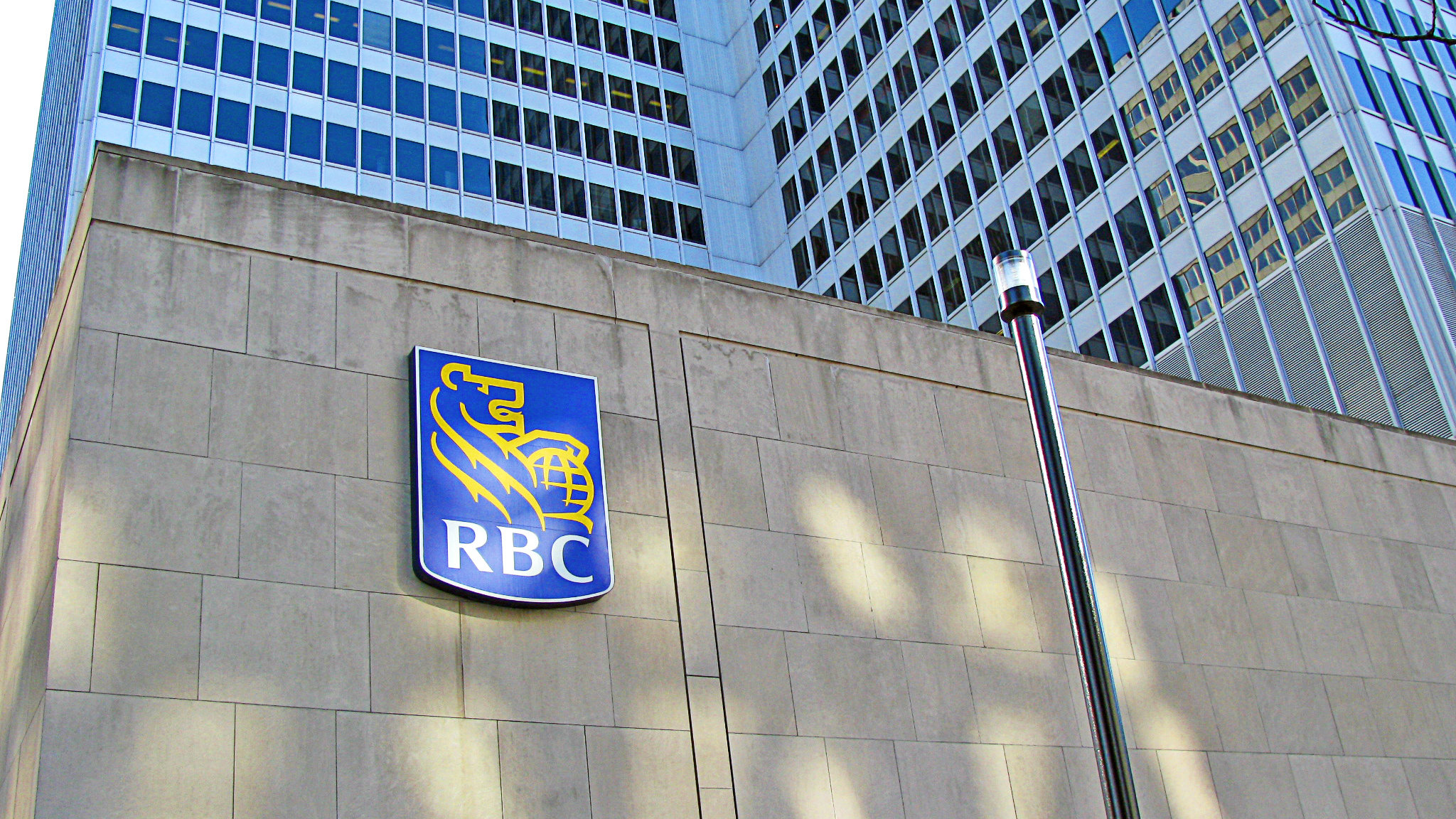Royal Bank of Canada (TSX:RY)(NYSE:RY) just joined an exclusive list of global systemically important banks, as measured by the Financial Stability Board (FSB).
What is the FSB?
The FSB was established in 2009 with the aim of promoting the reform of international financial regulation. The organization replaced the Financial Stability Forum (FSF), created in 1999. In 2013, the FSB became a not-for-profit association under Swiss law.
The governor of the Bank of England, Mark Carney, is the current FSB Chair. Carney is a former governor of the Bank of Canada.
Part of the organization’s mandate includes identifying the world’s top 30 banks, and allocating them into five categories based on their importance to the global financial system. The higher a bank ranks, the more capital it is required to keep available to ensure its financial stability.
A category five bank has to keep an additional 3.5% of capital on hand. The amount gradually declines to 1% for a category one bank.
Royal Bank of Canada is now part of the category one group.
What does this mean for investors?
Being considered too big to fail might sound positive, but the designation comes with costs.
Banks generally want to minimize the amount of capital they keep on hand, so the added requirement is a potential negative, although Royal Bank says it already meets the higher capital requirements.
The inclusion in the group of 30 also means more regulatory oversight and additional reporting requirements. As a result, Royal Bank will likely have to add staff to handle the extra work.
Overall, however, investors shouldn’t be too concerned one way or the other, and the market reaction to the news appears to support that view.
Royal Bank’s share price barely moved on the announcement.
Should you buy?
The designation highlights how powerful Canada’s largest company by market capitalization has become in the wake of the Financial Crisis.
At the time of writing, Royal Bank has a market cap of close to $150 billion. The bank is an earnings machine, generating profits of $2.8 billion in fiscal Q3 2017.
That’s pretty impressive for just three months of work.
The company has a balanced revenue stream with strong personal and commercial banking, capital markets, and wealth management operations. The 2015 purchase of California-based City National gave Royal Bank a solid platform in the private and commercial sector in the United States, and investors could see the company expand its presence in the market in the coming years.
Royal Bank has a strong track record of sharing profits with investors. The bank recently raised its dividend, with the current payout providing a yield of 3.6%.
If you are looking for an anchor dividend stock to put in your buy-and-hold RRSP or TFSA portfolio, Royal Bank deserves to be on your radar.

 Don't let our Poutine Day offer get cold: 65% off Stock Advisor ends at midnight!
Don't let our Poutine Day offer get cold: 65% off Stock Advisor ends at midnight!








